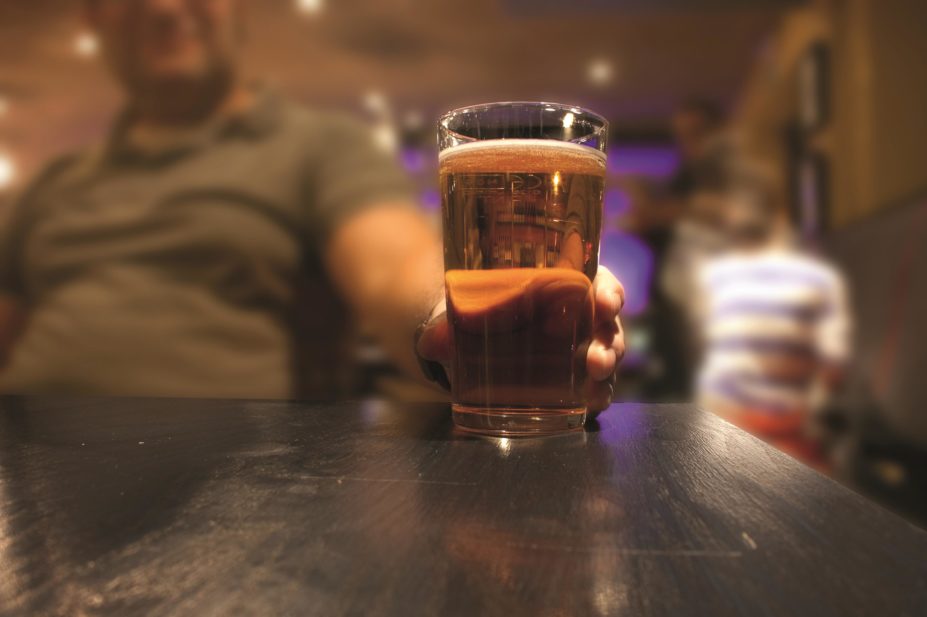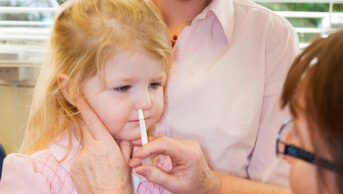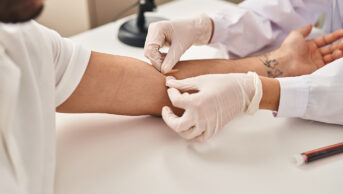
Shutterstock.com
New guidelines issued by the Department of Health have set lower limits for the consumption of alcohol after research found that any level of drinking raises the risk of disease, including mouth, throat and breast cancers.
The recommendations, which are out for consultation, provide advice on weekly drinking limits, single episodes of drinking and drinking during pregnancy.
The proposed guidelines say that men should drink no more than 14 units per week — equivalent to six pints of beer or seven 175ml glasses of wine — to keep their risk of illness low. This is the same level advised for women. It is also recommended that people who drink alcohol should spread the amount consumed over three days or more and that they should have several alcohol-free days a week. Pregnant women should not drink at all.
Short-term risks can be avoided by limiting the amount of alcohol consumed on any one occasion, drinking more slowly, drinking with food and alternating alcoholic drinks with water.
The advice follows a review of the scientific evidence used for guidelines published in 1995, which recommended limits of 21 units of alcohol per week for men and 14 units per week for women. The review concluded that there are no safe drinking levels, except for women aged 55 years and over, who may get some cardiovascular benefits from drinking small amounts of alcohol. The greatest benefit is seen when these women limit their intake to around 5 units a week, the equivalent of around two standard glasses of wine.
The Centre for Pharmacy Postgraduate Education has published an updated alcohol misuse distance learning programme to coincide with the new guidelines.

